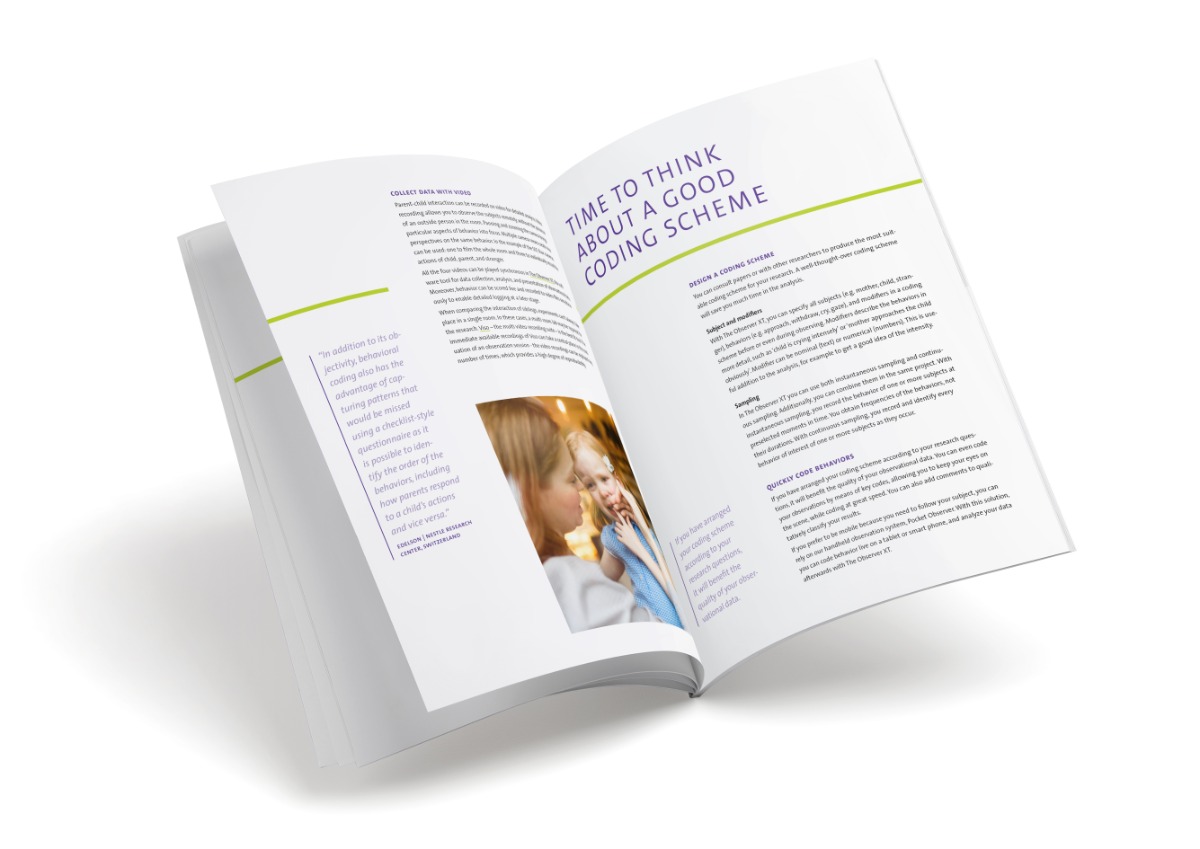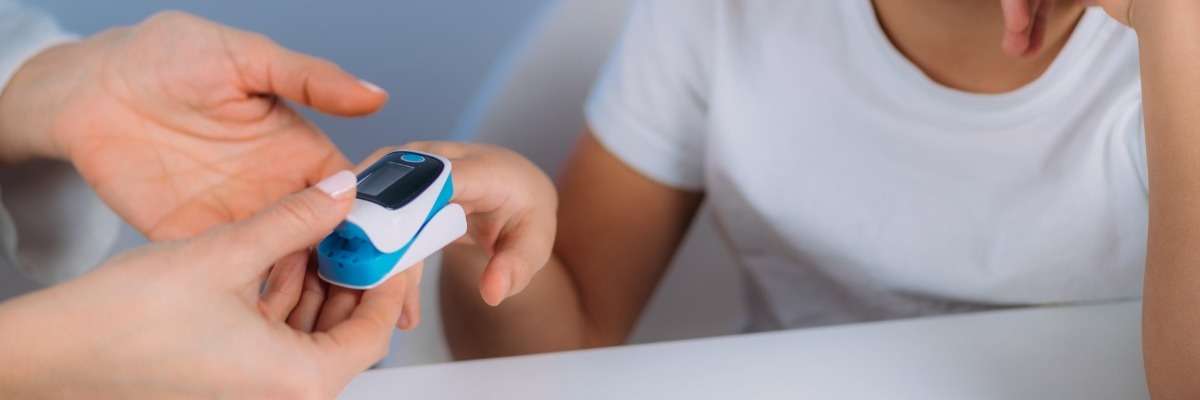
How to easily apply multimodal measurement during research with children
Researchers today are not only using observations to study behavior, but they are complementing their toolbox with a wide range of other measurement tools. For example, tools to measure pupil reactions, blood pulse, blood volume, skin conductance, heart rate, and brain activity will greatly increase the insights you gain during research when you combine this with video-based observation.
Assessing social skills or emotional empathy in children
For example, when social skills are the topics of your research and you want to study how infants and parents respond to emotions of others, their pupil sizes will tell you something about the physiological arousal while they observe other people. Eye-tracking data can be used to measure the pupil reactions [1].
Or, to provide insights into infants’ responses to sociomoral scenes, especially infants who do not use spoken words yet, neuroimaging techniques such as electroencephalography (EEG) better explain the nature of the mental processes. Several studies used this technique to find out if there were differences in antisocial versus prosocial interactions by investigating the frontal alpha power while the infants viewed helping and hindering scenarios [2,3].
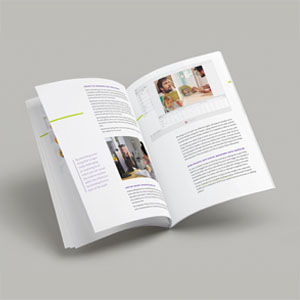
Gathering multiple data streams
Another example is measuring autonomic nervous system activity using data acquisition software. The research team of Palser used ECG, GSR, and respiratory measurement tools to investigate resting parasympathetic nervous system activity in children with dyslexia — a reading disorder — and its relationship to autonomic and behavioral responding to others’ emotions [4]. These components were measured:
- Physiological data
- Cardiac activity | inter-beat interval (IBI)
- Respiration | respiratory cycle time and respiratory sinus arrhythmia (RSA)
- Electrodermal activity (EDA) | skin conductance level (SCL)
- Emotional facial behavior
- Emotional reactivity
- Empathy
- Emotion regulation
In such an experiment, a participant must be connected to a lot of equipment before the test can start. NoldusHub will solve these challenges. It enables you to control, calibrate, and monitor all devices from one place.
Also read: The power of multimodal research in human behavior studies to discover why multimodal research is gaining popularity.
Tips and tricks when working with children
As a researcher who works with children, you probably face quite a few challenges. A child can get fussy during or following testing. Or the child may suddenly pull the EEG cap off the head, refuse to sit still, or become distracted.
How do you handle this kind of situations, or better, how can you prevent them from happening?
I asked my colleague Patrick Zimmerman for advice, since he is an experienced trainer and human behavior consultant.
What to do before the actual experiment starts?
Before you can start a test, it is important that you carry out some test runs to make sure all equipment is working properly. On the day of the test, allow yourself sufficient time to do a final check of the equipment and make sure everything is ready to go when the first participant arrives.
Check if all cables are plugged in properly and if the software is standby.
When a participant arrives at your lab, take the time to welcome and to make the child feel comfortable. Of course, before a test, each participant should be fully informed about the measurements and must give consent for participating in the test and having their behavior recorded. In case of young children, the parents must give consent.
How to make it run as smoothly as possible
Making participants feel comfortable and explain to them what will happen before, during, and after a test, is even more important when working with children. It helps if the experimental room is (temporarily) designed with bright colors or objects that makes it feel more like a playroom than a lab.
Sometimes it is useful to have one of the parents present to make the child feel more at ease. The downside could be that the parent gets involved in the test even if he or she is not supposed to. Therefore, it is important to instruct the parent clearly what to do and what not to do during a test as well.
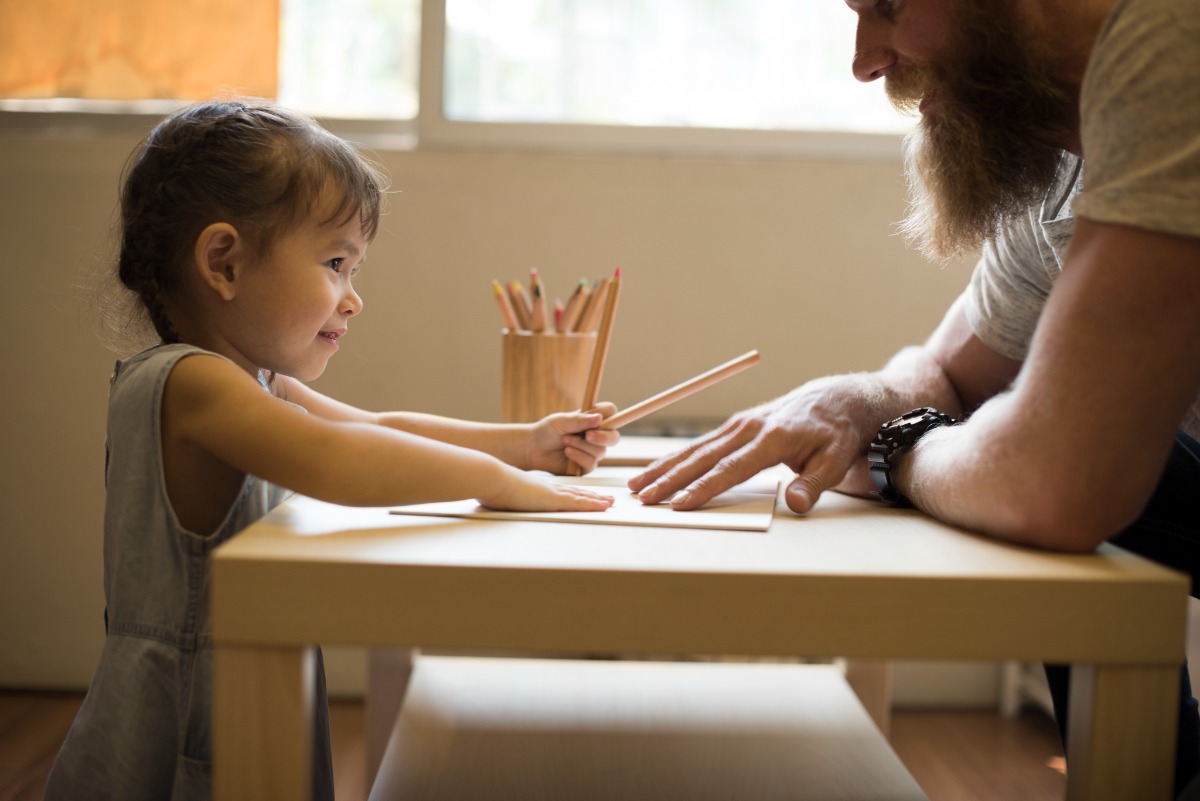
How to deal with invasive measurement tools
Of course, it can happen that young participants are not comfortable with some of the more invasive measurements, for example, electrodes on their body or a cap for measurement of brain activity. In this case, it is important that you explain to them, in simple language, what the equipment entails and what they can expect to happen. Let them know they cannot do anything wrong, and that it’s okay if any wires are pulled loose.
Also, inform them that they won't feel any pain or other discomfort. Let them know if they might hear noises. Reassure them about all this and tell them to warn you if they feel uncomfortable. Obviously, it helps if one of the parents is there to make it easier for them.
When you work with children, it is likely that some measurements fail due to the child’s behavior. Be prepared for this and recruit some more children than you actually need for answering your research questions.
Pay attention to the time spend
A test for children should be designed in such a way that it takes into account the attention span of children. Thus, no long boring tests, but regular breaks to bring back attention to the test.
Tip: give them a reward during this short break and/or play a quick game, such as throwing/rolling a ball to each other. Take a moment to do something completely different before returning the full attention to the test itself.
Of course, it should be noted in the acquired data when breaks take place to have the most accurate possible data during data selection and analysis.
To be able to perform this analysis properly, it is important that all data streams are synchronized. How do you handle that?
How to make data synchronization easier
Making sure participants feel at ease is one thing, but equally important is data synchronization. The whole point of carrying out multimodal measurements, e.g. combining behavioral, video, facial expression, eye tracking, and physiological data, is that you want to look at the relationship between different types of data.
For this it is vital that different data streams are recorded synchronously or can be easily (preferably automatically) synchronized after data acquisition. NoldusHub represents our latest multimodal platform for human behavior studies, designed to combine multiple types of measurements and ensuring the attainment of reliable, high-quality data and direct insights.
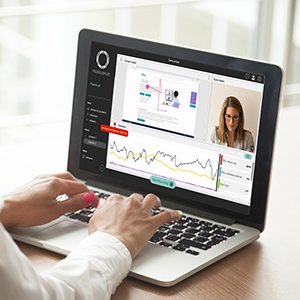
The synchronized data set yields more insights into the response of your participants. Moreover, if something is going wrong within one of the data streams, you will receive a notification during the session. No surprises afterwards, but an immediate warning if an issue arises. This helps you to keep control of your data streams and ensures successful measurements.
References
[1] Aktar, E.; Nimphy, C.A.; Kret, M.E.; Pérez-Edgar, K.; Bögels, S.M. & Raijmakers, M.E.J. (2021). Pupil responses to dynamic negative facial expressions of emotion in infants and parents. Developmental Psychobiology, 63 (7), https://doi.org/10.1002/dev.22190
[2] Cowell, J. M. & Decety, J. (2015). Precursors to morality in development as a complex interplay between neural, socioenvironmental, and behavioral facets. Proceedings of the National Academy of Sciences, 112 (41), 12657-12662. https://doi.org/10.1073/pnas.1508832112
[3] Tan, E. & Hamlin, K. (2021). Infants’ Neural Responses to Helping and Hindering Scenarios. https://doi.org/10.31219/osf.io/nuxwv
[4] Palser, E.R.; Morris, N.A.; Roy, A.R.K.; Holley, S.R.; Veziris, C.R.; Watson, C.; Deleon, J.; Miller, Z.A.; Miller, B.L.; Gorno-Tempini, M.L. & Sturm, V.E. (2021). Children with developmental dyslexia show elevated parasympathetic nervous system activity at rest and greater cardiac deceleration during an empathy task. Biological Psychology, 166. https://doi.org/10.1016/j.biopsycho.2021.108203.
Get the latest blog posts delivered to your inbox - every 15th of the month
more

Studying posture development in infants at risk for autism
Research shows that early posture development is delayed in infants who are eventually diagnosed with an autism spectrum disorder (ASD). Understanding these delays helps to improve early diagnosis and intervention.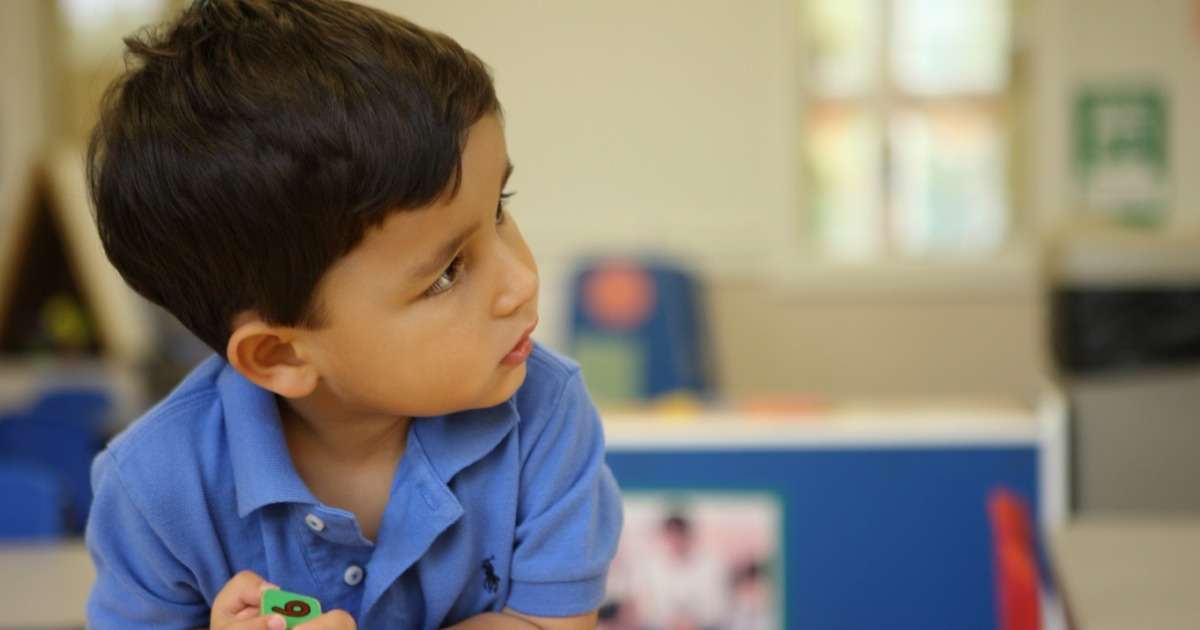
Physiological and behavioral analysis: coping with stress
Having a behavioral coping strategy means that a person can regulate emotions and deal with stressful situations.

